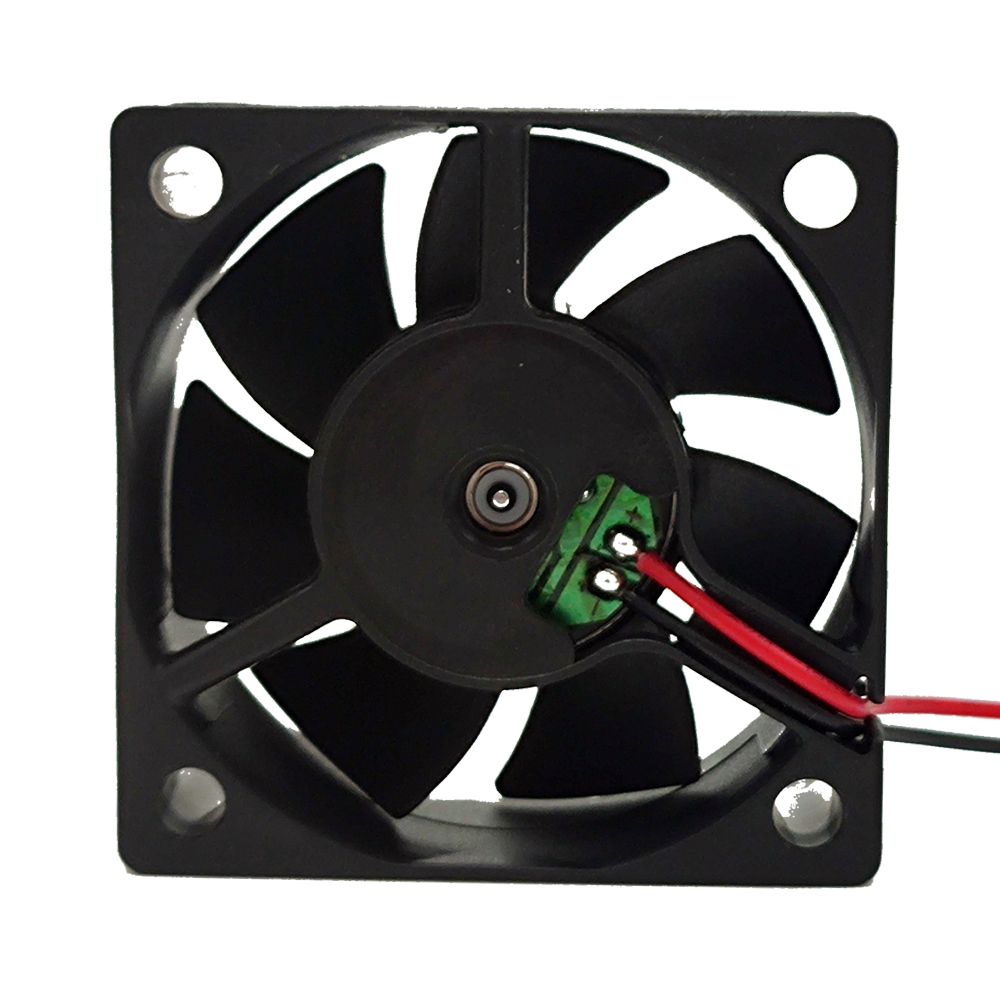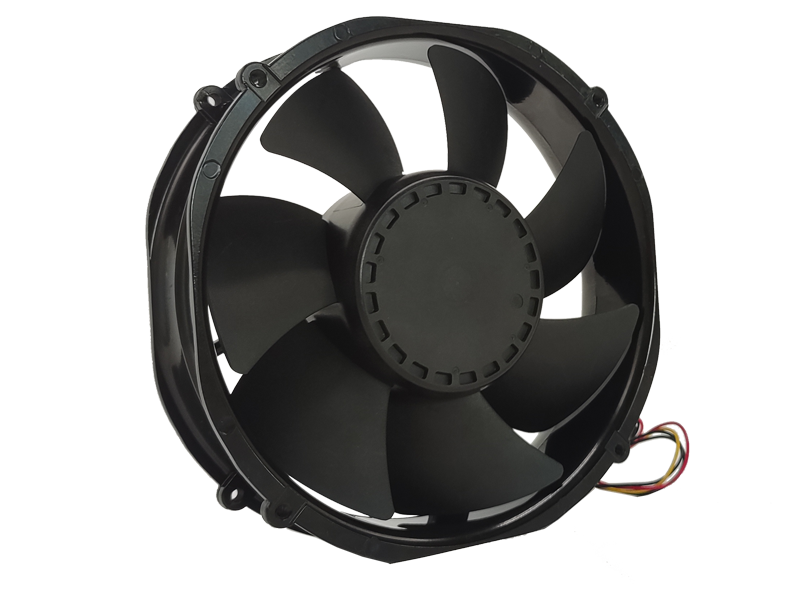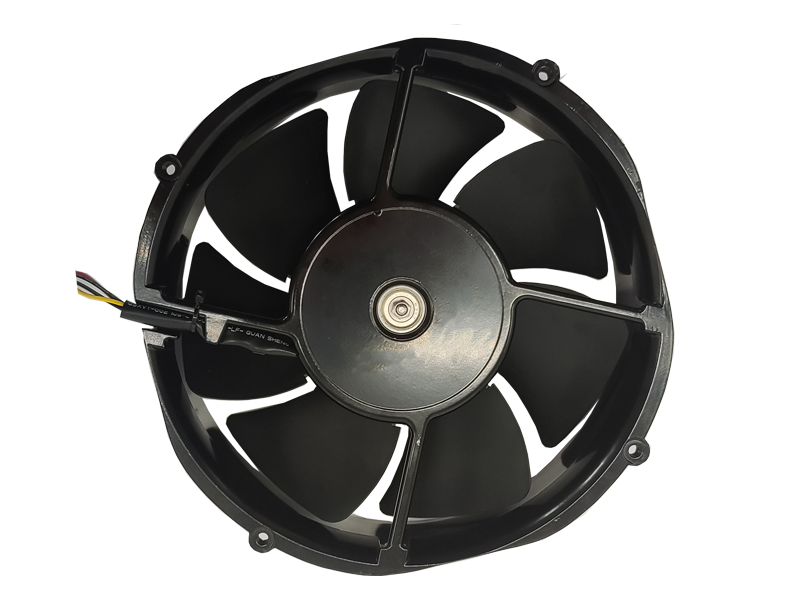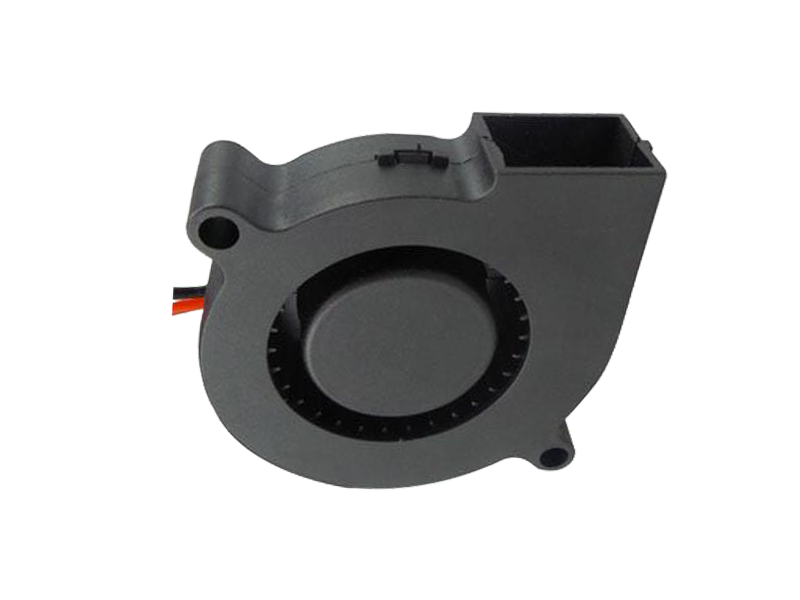Industrial fans are a vital component in a wide range of applications, from factories and warehouses to agricultural environments and HVAC systems. They play a crucial role in maintaining airflow, temperature control, and air circulation, ensuring that work environments remain comfortable and safe. From a product development standpoint, designing an industrial fan goes beyond simply selecting a motor and blades. The fan must be engineered to meet specific operational needs, handle extreme environments, and offer long-lasting performance. This article will explore key product considerations when designing and manufacturing industrial fans, focusing on performance, durability, energy efficiency, and user experience.
I. Performance Requirements for Industrial Fans
The primary role of an industrial fan is to ensure efficient airflow within a given space. However, optimal performance is not a one-size-fits-all approach. Various industries require different performance characteristics, depending on the type of work and environment.
Airflow and Pressure Efficiency
Airflow is typically measured in cubic feet per minute (CFM), while pressure is measured in static pressure or inches of water column. An industrial fan must be designed to meet the specific airflow and pressure requirements of a space. For example, in a large industrial facility like a factory or a warehouse, the fan must have a high CFM rating to ensure air is circulated throughout the entire area, effectively cooling down machinery and maintaining air quality.
In contrast, for applications in confined spaces like ventilation in tunnels or mines, the fan may need higher static pressure to overcome resistance in air ducts or narrow passageways. Balancing airflow and pressure is crucial for achieving the right ventilation without overworking the fan motor or increasing energy costs.
Noise Control
In industrial environments, noise levels are often a significant concern. High decibel levels can not only reduce worker comfort but also create long-term health issues such as hearing damage. Industrial fans are typically large and operate at high speeds, meaning noise can become a serious issue. The product development of industrial fans requires a focus on noise reduction technologies, including vibration isolation, optimized blade design, and motor enclosures.
Additionally, variable speed drives (VSD) allow fans to operate at lower speeds when full power is not necessary, reducing both noise and energy consumption. By incorporating such technologies, manufacturers can create fans that provide sufficient airflow while minimizing the impact of noise on the workplace.
Energy Efficiency
As energy costs continue to rise and environmental regulations become more stringent, energy efficiency is a key consideration for industrial fans. High-energy consumption can lead to increased operational costs and higher carbon footprints. In this context, manufacturers must design industrial fans that consume less power while delivering high performance.
Energy-efficient industrial fans often feature more advanced motors, such as permanent magnet motors (PMMs) or electronically commutated motors (ECMs), which can adjust power consumption based on the fan’s operational needs. These motors are capable of providing the same or better airflow while using significantly less electricity compared to traditional induction motors. Additionally, optimizing fan blade design for maximum efficiency—reducing drag and improving airflow—can help lower energy consumption.
II. Durability and Longevity: Ensuring Reliability in Harsh Environments
Industrial fans often operate in harsh conditions—extreme temperatures, high humidity, corrosive environments, and heavy dust or debris. As such, product longevity and reliability are paramount. Here are key considerations in designing industrial fans to withstand these tough environments:
Material Selection
The materials used in the construction of an industrial fan will directly affect its durability and lifespan. For instance, in environments exposed to high humidity or corrosive chemicals, using corrosion-resistant materials such as stainless steel or powder-coated aluminum can significantly increase the fan’s lifespan. Additionally, high-quality bearings and seals can prevent the ingress of dust and moisture, further enhancing the fan's reliability.
For high-temperature environments, fans with heat-resistant coatings or special components that can withstand extreme heat are essential to maintain performance over time.
Fan Blades and Impellers
The fan blades and impellers must be designed not only for efficiency but also for durability. In environments where dust, debris, or even chemicals are present, fan blades must be designed to resist wear and tear. Using high-strength composite materials, such as fiberglass-reinforced plastic or carbon fiber, can increase the longevity of the fan blades while ensuring that the fan maintains optimal performance.
Furthermore, the shape and material of the fan blades can impact how well the fan can resist fatigue from continuous operation. Over time, poorly designed blades can bend or warp, leading to inefficiency and breakdowns. Ensuring that blades are robust enough to withstand prolonged use is crucial for product reliability.
Maintenance and Serviceability
To ensure a long service life, industrial fans should be designed for easy maintenance. Regular maintenance can prevent costly breakdowns and ensure that the fan operates efficiently over time. Features such as easily replaceable bearings, accessible motor compartments, and simple cleaning processes are important considerations. Additionally, designing fans with remote monitoring capabilities or sensors that track operational health can alert maintenance staff to potential issues before they become major problems.
III. User-Centered Design: Enhancing the User Experience
While the performance and durability of an industrial fan are critical, the user experience is also a key consideration. Fans should not only be efficient and reliable but also easy to operate and maintain. Key aspects of user-centered design include:
Ease of Installation
Industrial fans are often integrated into larger systems, such as HVAC systems, production lines, or ventilation ducts. The installation process should be as straightforward as possible. Manufacturers can achieve this by designing fans with standardized mounting systems, clear installation instructions, and easy-to-use components. Reducing the complexity of installation helps minimize downtime during setup and ensures that the fan can be integrated into various operational environments with minimal disruption.

Remote Monitoring and Control
Modern industrial fans often come with advanced features like remote monitoring and control. These features allow users to track the fan's performance in real-time, adjusting settings like speed or airflow from a centralized control system. This level of control can improve operational efficiency and quickly address any issues that arise, further extending the fan's life and improving the overall efficiency of the system.
Cost-Effectiveness
From a product perspective, manufacturers must consider the overall cost-effectiveness of the fan. While the initial purchase price is always a consideration, the long-term operational costs—maintenance, energy consumption, and downtime—can have a much greater financial impact. By designing energy-efficient, durable, and easily maintainable fans, manufacturers can help customers reduce their total cost of ownership.
IV. Conclusion
The design and development of industrial fans involve careful consideration of a variety of factors to ensure optimal performance, durability, and user satisfaction. Product developers must focus on creating fans that meet specific operational needs, withstand harsh environments, and offer long-lasting performance. By incorporating energy efficiency, advanced materials, and user-centered design, industrial fans can provide value to a wide range of industries, enhancing overall operational efficiency and reducing the total cost of ownership. As industrial processes become increasingly sophisticated, the role of the industrial fan will only grow in importance, making it essential for manufacturers to continue innovating in this critical area of product development.
Recommended Products

The main purpose:Car charging station

The main purpose:Car charging station

The main purpose:Electronic refrigerators, water dispensers, direct drinking machines, inverter power supplies
Address:No. 4137, Longgang Avenue (Henggang Section), Henggang Community, Henggang Street, Longgang District, Shenzhen
hotline:13530005572(Chen)15112579390(Li)


Welcome all friends to come for consultation and negotiation.
Copyright 2024 @ Shenzhen Youneng Xinyuan Electronics Co., Ltd.,(industrial fans,industrial blowers,axial fans,cooling fans manufacturer,centrifugal fans,ac cooling fans,dc cooling fans)